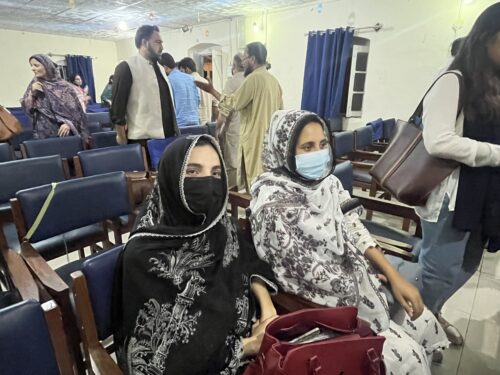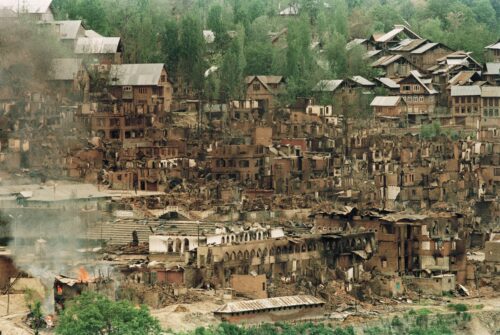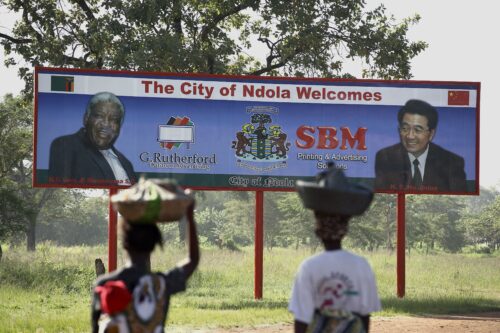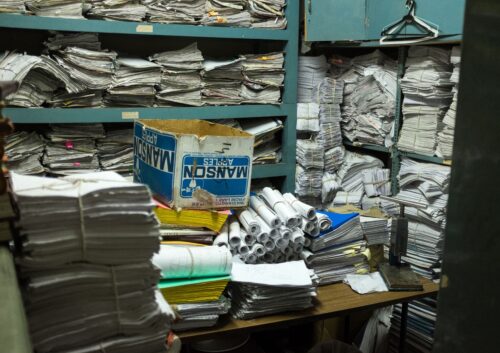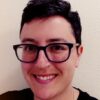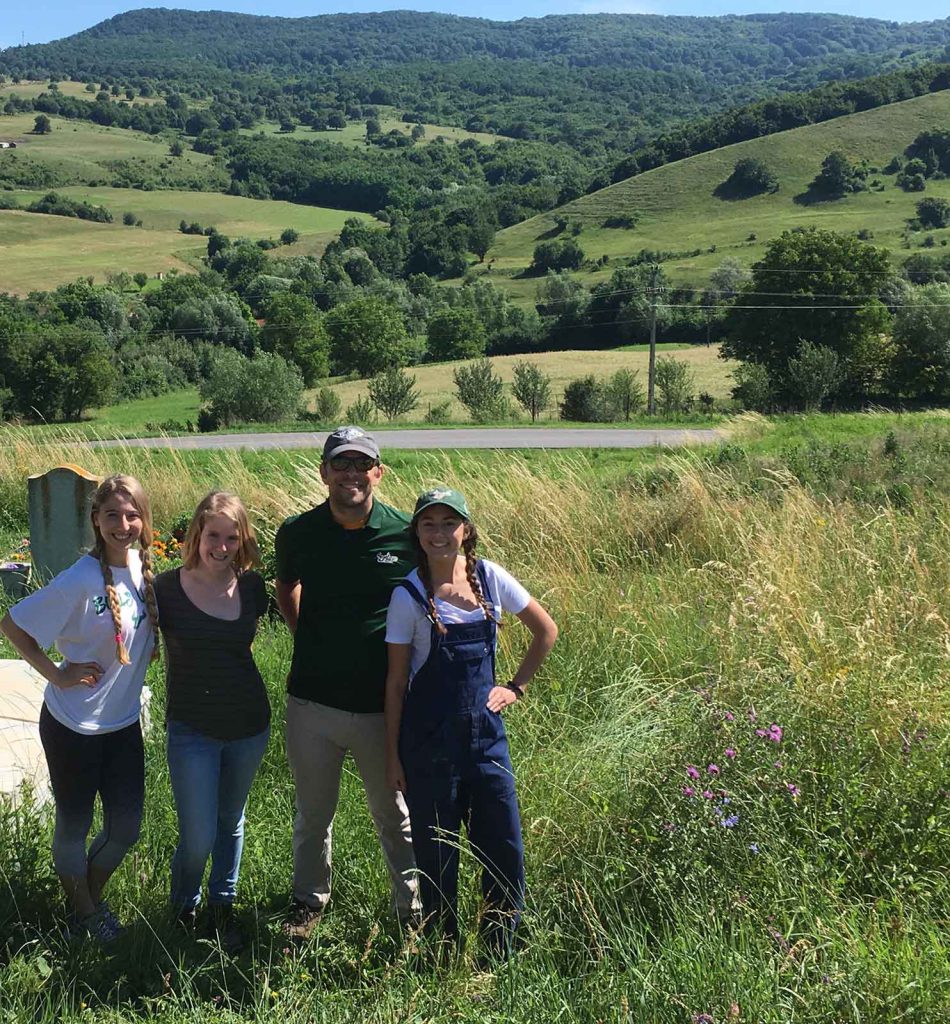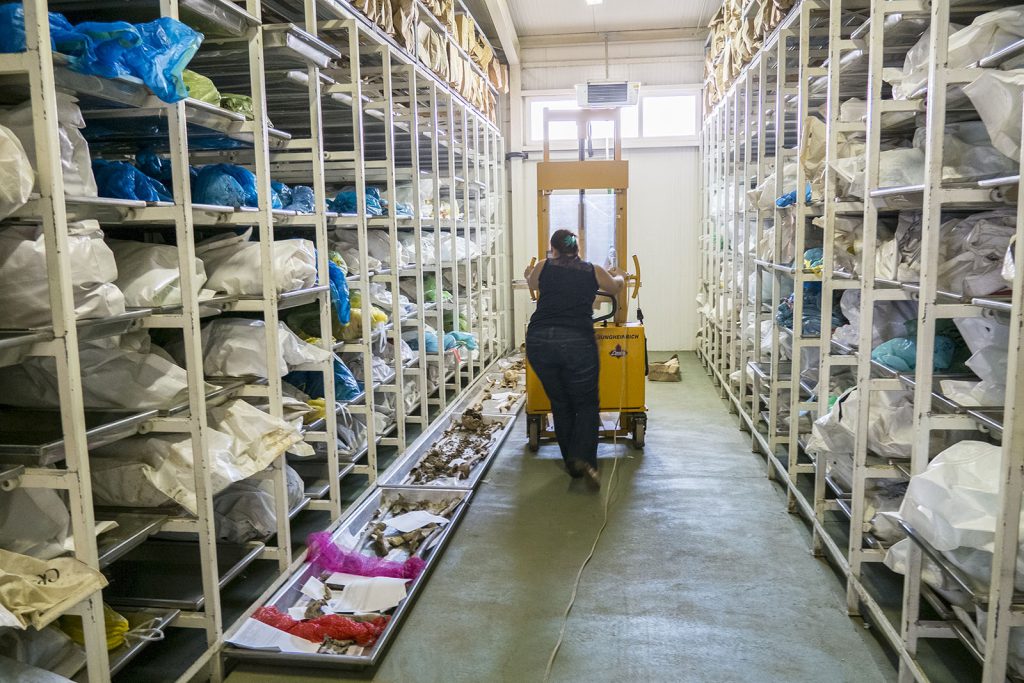For One Forensic Anthropologist, Resilience Is Bone Deep
Jonathan Bethard’s life is anything but dull. He analyzes human remains to determine people’s identities, understand their lifeways, and figure out how they died. And while his work as a bioarchaeologist and forensic anthropologist requires painstakingly detailed effort, he often finds himself in the center of places that resonate with the chaos of past and present tragedies.
But even as diverse as these sites are—medieval churchyards in Transylvania and countries that have suffered contemporary wars and natural disasters—a common thread unites the human remains Bethard has investigated: evidence of our ability to heal from injuries, diseases, and hardships. A broken bone, a debilitating illness, painful conditions like arthritis, or periods of severe food deprivation can leave legible traces on the human skeleton, which Bethard can identify. But these are often just markers in an extended life story. “There’s something about resiliency that we see over and over again in contexts from places around the world and from different time periods,” Bethard says. “That’s something that unites all of it.”
Bethard’s circuitous path has led him to projects all over the world. He has worked on archaeological excavations in Romania and as a forensic consultant for U.S. law enforcement and in post-crisis sites in Colombia, Algeria, Georgia, and Haiti.
In the region of Transylvania, Romania, Bethard and his team, in collaboration with the local Haáz Rezső Múzeum, have opened what he says is a “Pandora’s box of questions” with their archaeological research. These questions have long remained buried with those who were interred in the church cemeteries in Odorheiu Secuiesc, a city in Transylvania. In 2013, he started this work to better understand the lives of medieval Hungarians who had settled in the area—their lifespans, diets, and life challenges, among other issues.
In one mysterious case, a burial under a church floor contained the remains of multiple infants and the skeleton of an older woman. Bethard has yet to come to any conclusions as to why people buried their newborn infants in this particular place, but he and his team continue to search at the site for answers to this and many other questions. Bethard leads a yearly field school in Odorheiu Secuiesc, giving students the opportunity to engage with these questions in the field as well as in the lab. For him, an unending supply of exciting research queries is always welcome.
But Bethard says he’s proudest of his efforts to offer justice and closure to communities in post-conflict and post-disaster sites. He provides experience and training to relief organizations that try to identify the remains of those who lost their lives to violence or catastrophe. In 2010, for example, he helped in efforts to identify individuals who died in the devastating earthquake in Haiti that killed more than 45,000 people.
In Colombia and Algeria, Bethard served as a consultant and instructor with the U.S. Department of Justice’s International Criminal Investigative Training Assistance Program. In Haiti, after the 2010 earthquake, and in Georgia, he teamed up with the International Committee of the Red Cross.
In each of these cases, the needs of the organizations varied. As is true for most post-crisis forensic anthropology work, every situation must be addressed on a case-by-case basis. Because of a lack of standardized information and training across the globe, Bethard contributed by making sure each member of the recovery teams had the necessary knowledge to perform well in the field. He organized introductory workshops in skeletal studies, identification methods, and approaches to archaeological excavation. He also occasionally worked in the field alongside his pupils, offering hands-on instruction.
Because forensic cases in various countries can be so different, the main hindrance to faster, more effective forensic work is a lack of access to literature and teaching tools. Many key texts and articles that would typically be used as references to teach the basic skills necessary for the recovery and identification of human remains are behind paywalls, or they are only available in one language.
Bethard remarked regretfully on this lack of access when I spoke to him, though he also mentioned that there are several regional organizations for anthropologists and forensic specialists. These organizations, such as the Latin American Forensic Anthropology Association and the Forensic Anthropology Society of Europe, foster research collaborations and host conferences and workshops. Perhaps in the future, he says, organizations like these can take steps toward making key literature more accessible to those who need it.
Increasing accessibility would help give these communities of specialists the tools they need to become even more resilient than they already are. Bethard sees resilience in the medical staff and anthropologists who work in the face of tremendous loss and suffering. These individuals negotiate the very real health hazard of psychological stress. According to the Humanitarian Practice Network, relief workers, especially those dealing with the aftermath of conflict, are susceptible to the effects of intense stress in the absence of normal support networks such as partners, family, or friends. These workers, often volunteers, can experience severe post-traumatic stress disorder and psychosomatic symptoms. With the help of experts like Bethard, however, they possess the tools to work quickly and effectively in the field, and to better endure challenging working conditions.
The fundamental human qualities of endurance and recovery are also evident in the individuals who survive and try to rebuild their lives in the communities these workers serve. The human capacity for healing is palpable—not only as witnessed in the skeletons of those who lived centuries ago but also in survivors of conflict and natural disasters.
For Bethard, what links past and present, individual and community, is just this capacity. Ancient or recent, the stories of human lives can be read in their bones.
